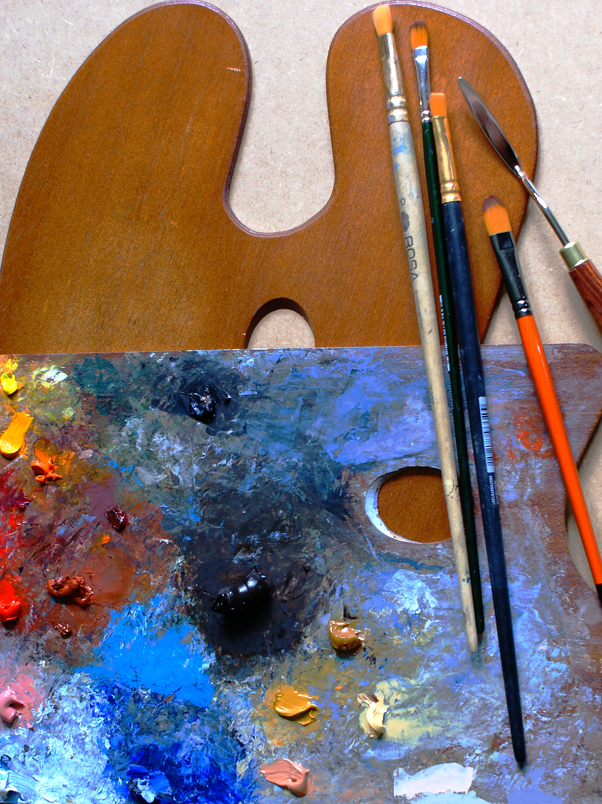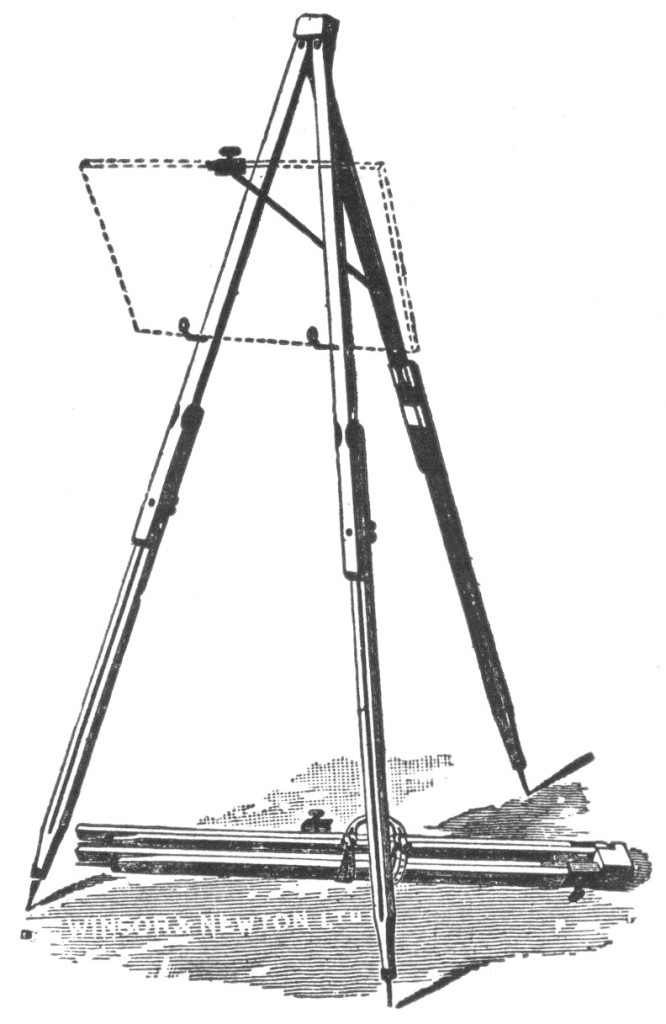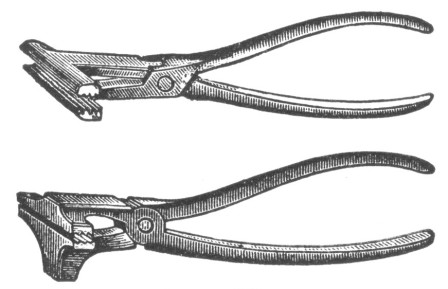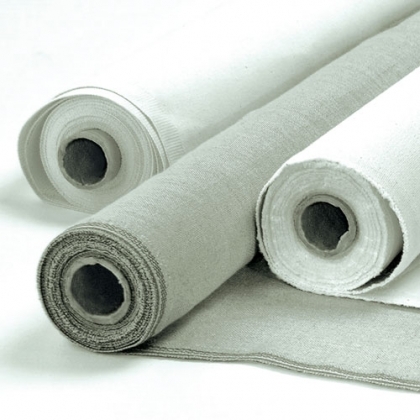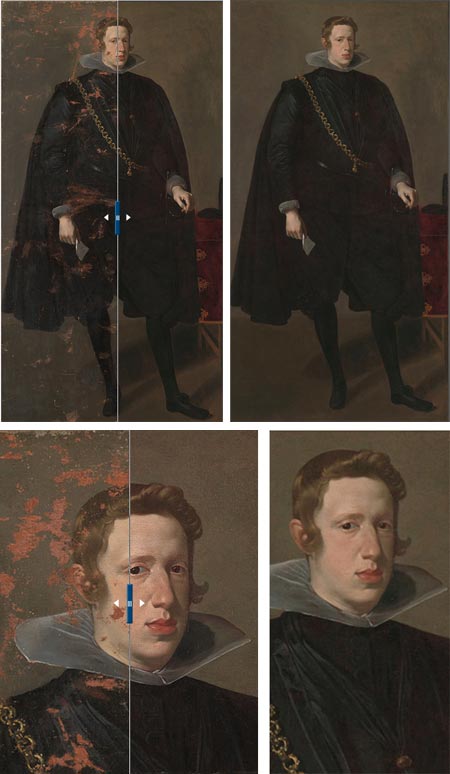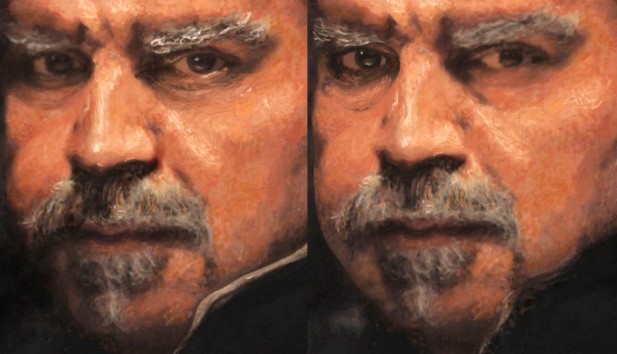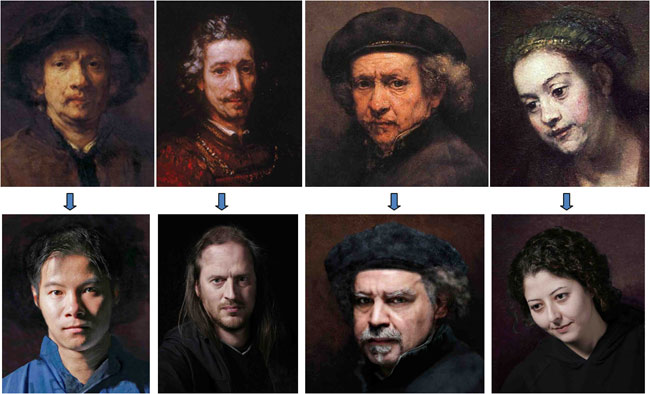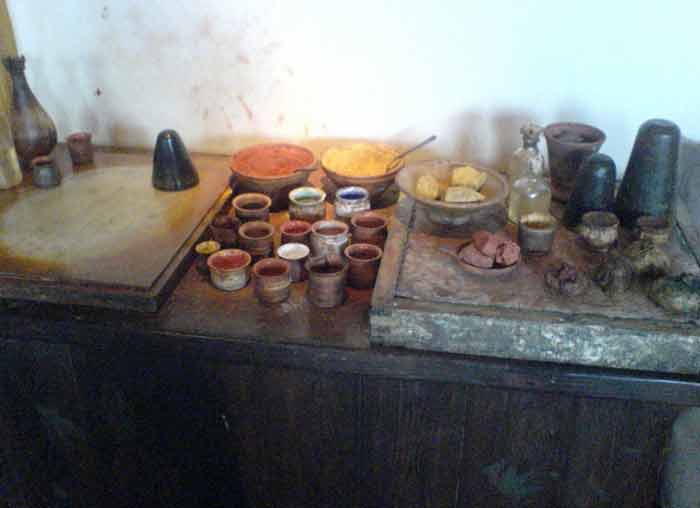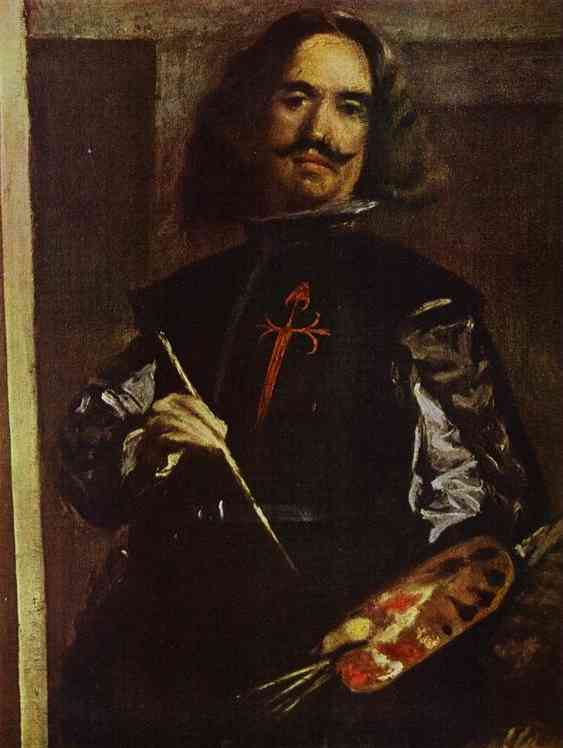On 17 Aug, 2012 With
Oil painting essential materials: BRUSHES An old brush that has been properly cared for is generally better than a new one. It seems to have accommodated itself to your way of painting, and falls in with your peculiarities. It is astonishing how attached you get to your favorite brushes, and how loath you are to finally give them up. What if you have no others to take their places? Don’t look upon your brushes as something to get as few of as possible, and which you would not get at all if you could help it. There is nothing which comes nearer to yourself than the brush which carries out your idea in paint. You should be always on the…
Read More
On 15 Aug, 2012 With
Oil painting essential materials: EASELS The important thing in an easel is that it should be steady and firm; that it should hold the canvas without trembling, and so that it will not fall as you paint out towards the edges. You often paint with a heavy hand, and you must not have to hold on to your picture with one hand and paint with the other. Nothing is more annoying than a poor easel, and nothing will give you more solid satisfaction, than the result of a little generosity in paying for a good one. The ideal thing for the studio is, of course, the great “screw easel,” which is heavy, safe, convenient, and expensive. We would like to…
Read More
On 12 Aug, 2012 With
Oil painting materials: Stretchers Stretchers.—The keyed stretcher, with wedges to force the corners open and so tighten the canvas when necessary, is the only proper one to use. For convenience of use many kinds have been invented, but you will find the one here illustrated the best for general purposes. The sides may be used for ends, and vice versa. If you arrange your sizes well, you will have the sides of one size the right length for the ends of another. Then you need fewer sizes, and they are surer to pack evenly. Stretching.—You will often have to stretch your own canvases, so you should know how to do it. There is only one way to make the canvas lay smoothly…
Read More
On 7 Aug, 2012 With
Oil painting materials: CANVASES and STRETCHERS Grain.—The question of grain is not easy to speak about without the canvas, yet it is often a matter of importance. There are many kinds of surface, from the most smooth to the most rugged. Some grain it is well the canvas should have; too great smoothness will tend to make the painting “slick,” which is not a pleasant quality. A grain gives the canvas a “tooth,” and takes the paint better. Just what grain is best depends on the work. If you are going to have very fine detail in the picture use a smoothish canvas; but whenever you are going to paint heavily, roughly, or loosely, the rough canvas takes the paint…
Read More
On 2 Feb, 2012 With
The Restoration of a Velázquez In 1973, for reasons still not clear to me, the Metropolitan Museum of Art in New York undertook a sweeping reassessment of many of its holdings, resulting in the downgrading of 300 old master paintings from attribution to the master to attribution to “workshop of”, “circle of” or “follower of”, removing them from the canon of those masters’ works and significantly depleting the value of the museum’s collection. Some of those pieces have been again reassessed, both in the light of continued scholarship and as the result of subsequent cleanings and restorations. Last year the Met cleaned and restored Velázquez’s Portrait of a Man, and in the process restored it to it’s original attribution — originating…
Read More
On 31 Jan, 2012 With
REMBRANDT portraits decoded A University of British Columbia researcher has uncovered what makes Rembrandt’s masterful portraits so appealing. In the study, published in the current issue of the Massachusetts Institute of Technology’s arts and sciences journal Leonardo, UBC researcher Steve DiPaola argues that Rembrandt may have pioneered a technique that guides the viewer’s gaze around a portrait, creating a special narrative and “calmer” viewing experience. Renaissance artists used various techniques to engage viewers, many incorporating new scientific knowledge on lighting, spatial layout and perspectives. To isolate and pinpoint factors that contribute to the “magic” of Rembrandt’s portraits, DiPaola used computer-rendering programs to recreate four of the artist’s most famous portraits from photographs of himself and other models. Replicating Rembrandt’s techniques,…
Read More
On 25 Jan, 2012 With
Secrets of Rembrandt’s Painting Technique Rembrandt’s paintings have transfixed viewers for centuries, but now a new study reveals a scientific explanation for their calming beauty. By painting more detail in and around the eyes of his subjects, Rembrandt tapped into an innate human attraction to the face. This creates a more calming and immersive experience for the viewer. To figure out Rembrandt’s painting secret, scientists used computer rendering to match photos of current models (and a scientist) with four of Rembrandt’s portraits. They manipulated four regions of the portraits: regions centered about each eye, on each side of the chin, and the region where the collar meets the skin of the neck. CREDIT: Steve DiPaola, James Enns, Caitlin Riebe. Steve…
Read More
On 20 Dec, 2011 With
Oil painting techniques: Rembrandt’s Palette Rembrandt was a Dutch painter and etcher. He is generally considered one of the greatest painters and printmakers in European art history and the most important in Dutch history. Lead white Ochres Bone black Vermillion Siennas Raw umber Burnt umber Lead-Tin Yellow Cassel earth
Read More
On 18 Dec, 2011 With
The Old Masters: Velázquez’s Palette Diego Rodríguez de Silva y Velázquez was a Spanish painter who was the leading artist in the court of King Philip IV. According to Carmen Garrido, Head of Technical Services at the Prado Museum in Madrid and author of Velázquez: Tecnica y Evolución, Velázquez’s palette consisted of the following colors: WHITE: composed of lead white and calcite YELLOW: yellow iron oxide, lead-tin yellow, and Naples yellow (the latter, sparingly) ORANGE: orange iron oxide and vermilion of mercury RED: red iron oxide, vermilion of mercury, and organic red lake BLUE: azurite, lapis lazuli, and smalt BROWN: brown iron oxide and manganese oxide BLACK: organic black of vegetal or animal origin GREEN: azurite, iron oxide, and lead-tin yellow PURPLE: organic red lake and…
Read More
On 25 Aug, 2011 With
Palettes of Famous Painters: The Degas palette The Degas palette above is from earlier in his career, when he was still using the earthy tones common to the Dutch tradition. It lightened considerably in later years as his subject matter altered. Although there are a number of prescribed ways in which to lay out oil paint – light to dark; as per the colour wheel; basic palettes of three colours and white – all artists begin by lining up pigments at the top of the palette and use the remainder of its space for mixing.
Read More


